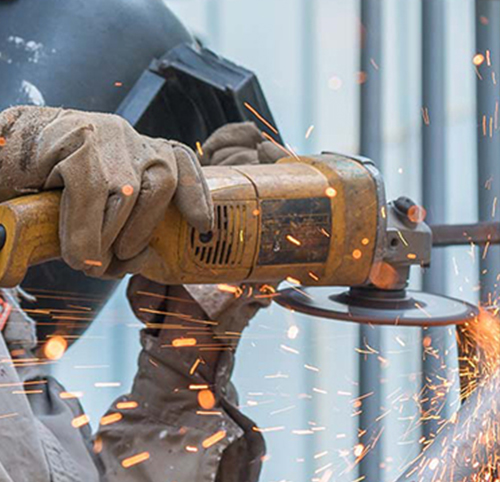What is Strip Earthing? Explanation and Procedure to Install
What is Strip Earthing? Explanation and Procedure to Install
Most of us have experienced mild shocks when coming into contact with certain appliances. In order to avoid life-threatening accidents, it is always advisable to earth the building properly to prevent serious mishaps associated with these shocks.
Earthing prevents electrical damage to devices by allowing current to leak. An earthing system sends charges directly to the ground through low resistance wires in order to generate an immediate discharge of electrical energy. It is done to prevent life-threatening, hazardous shocks from electrical appliances due to the leakage of currents. In short, it is a technique of grounding all the unnecessary current.
Generally copper strips are used for earthing since these strips are corrosion resistant, durable and offer better voltage transient protection. Strip earthing allows easy flow of current from faulty electrical appliances to the ground. Moreover, the metal strips are covered in an insulating material that protects them from soil corrosion. Therefore, strip earthing should be used to ground all electrical appliances for safety reasons.
The process of transmitting current from the electrical appliances to the ground through a metallic strip of low resistance is known as strip earthing. Hot-dipped galvanized strips are used for earth stripping and have a diameter of 6mm. These strips are laid horizontally in trenches with a depth of 0.5m.
How to install strip earthing?
Installation on a wall:
- Mark the route of earthing strip with marking threads.
- Coordinate the route of the earthing strip with other services.
- Ensure a minimum space of 200mm between the building structure and the other services.
- The GI earthing strips must be 6mm thick and hot dip galvanized.
- Fasten the strips on the wall with the help of a clamp, directly screw or mount the clamps on the wall.
- Cross-check the fixing space, it should not have a distance of more than 1m.
- Tin the joints where copper conductors are to be bolted to prevent electrolytic action.
- Note: GI conductors are less effective in a corrosive atmosphere
- Place the earthing strip together with underground cables in a cable trench.
- Ensure that the heat from the cable does not dry the soil.
- Fix the conductors with multi-core cables on the wall, roughly a 100 mms from the top.
- Tin the supporting copper strip to prevent electrolytic action.
- Use a bending machine to form shape bends in aluminum strip.
- Cover the earthing strip installed beneath the ground with adequate insulation sleeves to prevent corrosion.
A few benefits of strip earthing are as follows:
- It provides essential safety facilities.
- It is an easy and affordable technique.
- It plays a key role in carrying out maintenance.
- It is the most reasonable and effective way of grounding current.
While there are many ways to ground leakage currents, strip earthing is the most common and appropriate method. Therefore, is it safe to claim that it is the most valuable and effective way of preventing damages caused by current leakage.
With that being said, we have made a name for ourselves in the emerging steel market. Our team offers world-class steel products suitable for various industrial requirements. For more information, contact us at www.pinaxsteel.com

